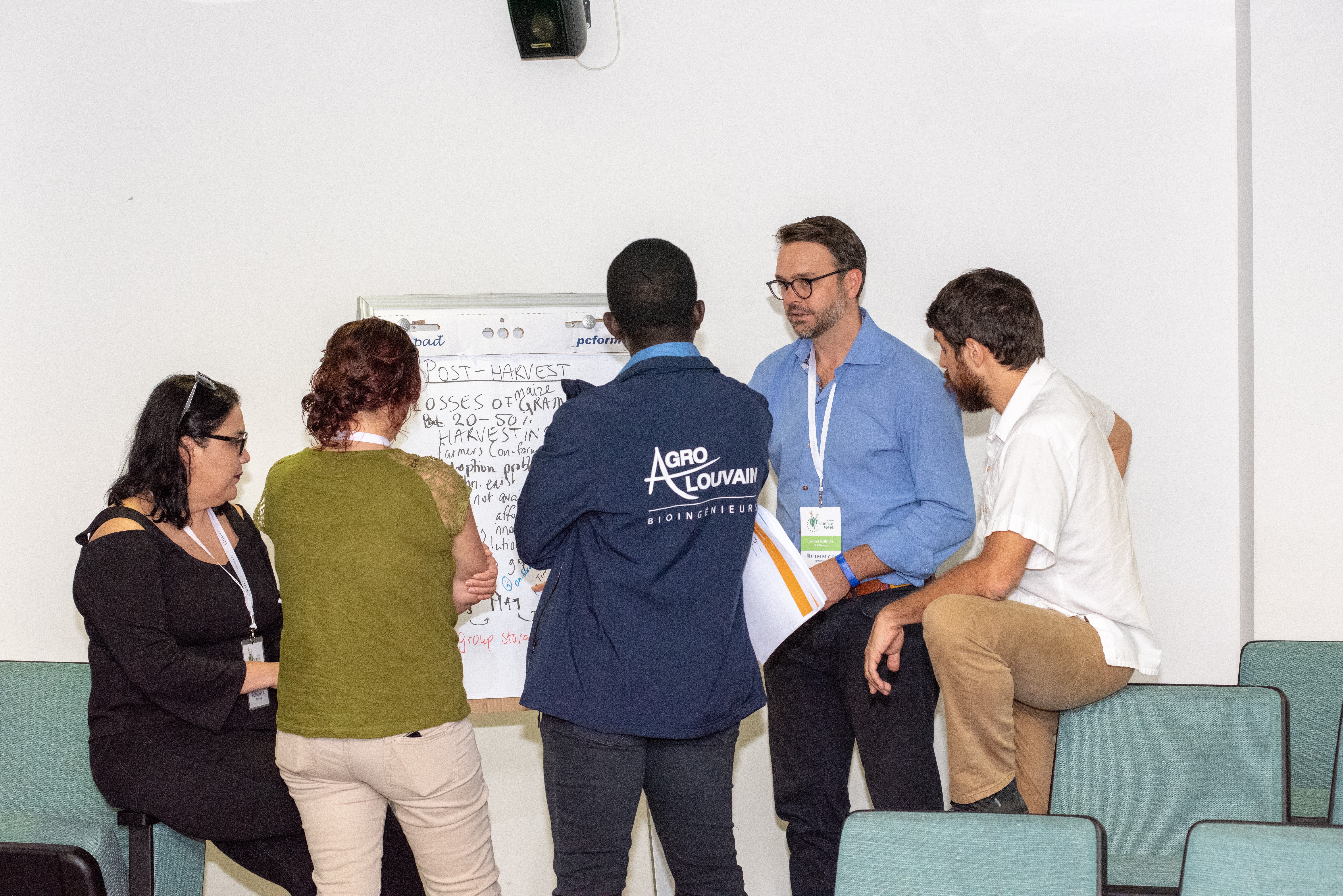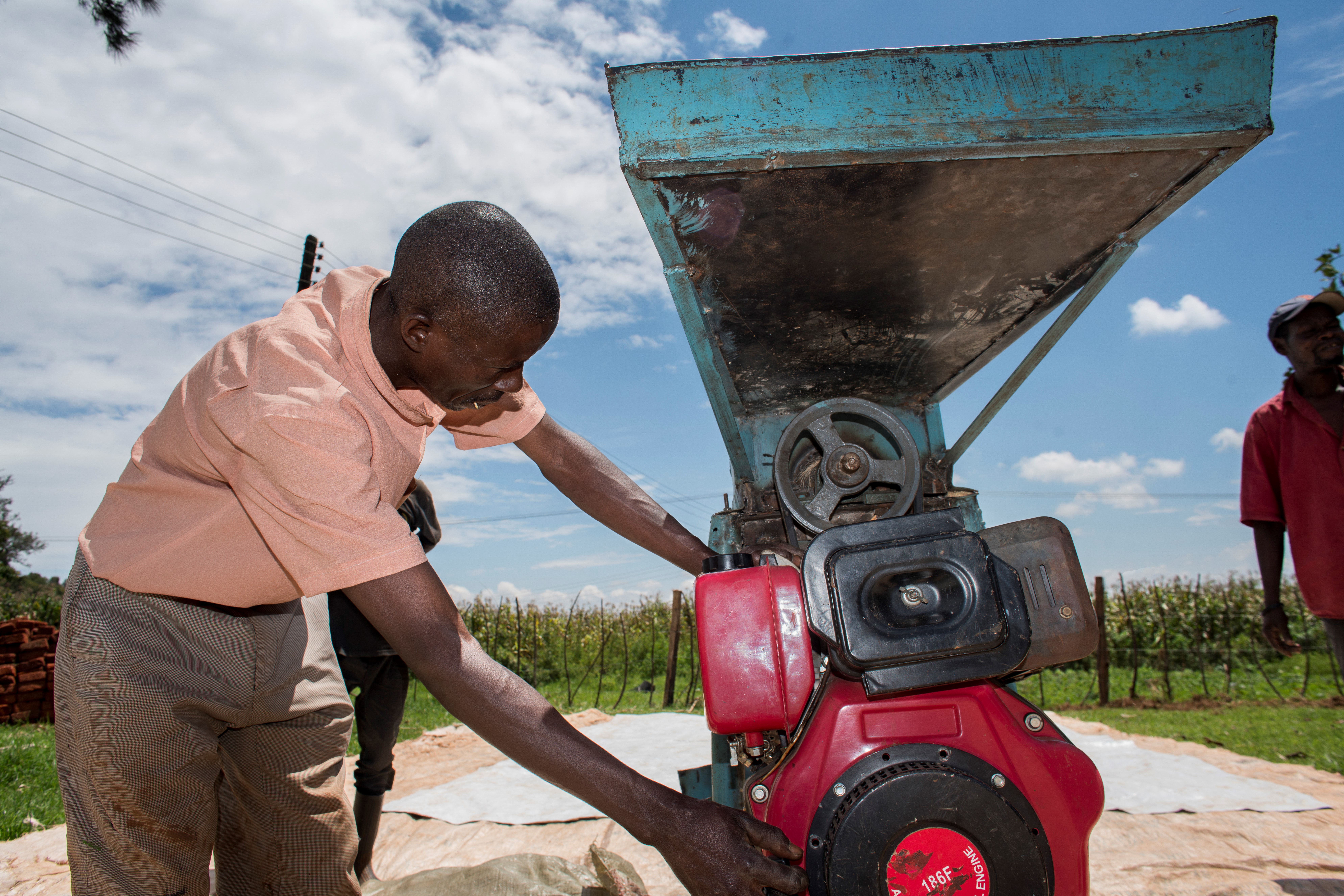In Lennart Woltering’s first job working on agricultural water management with the International Crops Research Institute for the Semi-Arid Tropics (ICRISAT) in Niger, he observed a phenomenon that would influence his career path. Although drip irrigation involved huge benefits in terms of yields and productivity, adoption was low all across Africa. This fact made Woltering frustrated and interested.
In his second job at the biggest management consulting firm of Germany focused on international development, he was awarded a contract by the German development agency GIZ to lead a team on a demand-supply match for innovations from the CGIAR. Here he found that uptake of many innovations that showed superior performance over alternatives was limited and largely confined to the pilot project environment. When a few years later GIZ and the International Maize and Wheat Improvement Center (CIMMYT) advertised a Scaling Advisor position, Woltering knew this was the job for him.
Scaling is the process of expanding beneficial technologies and practices over geographies, and across institutions and levels to impact large numbers of people. This sounds very abstract, and Woltering is now supporting colleagues to make sense of the what, why and how of scaling in their specific contexts. The GIZ and CIMMYT contract modality does not force him to work on one project alone, but allows him to support a broad range of projects and programs to achieve more sustainable impact, within and beyond CIMMYT.
Changing mindsets
There is a modus operandi of doing projects in the most efficient way to meet targets, then moving on to the next project. Success is often measured by the number of beneficiaries reached at the last day of that project. However, this is often at the expense of important “systems work” such as building lasting relationships, developing organizational capacities and improving the enabling environment rather than finding holes in it. CIMMYT’s mission and vision are focused on social impact, hence the outcomes of our work are more important than our outputs. We cannot assume that adoption of an innovation leads directly to positive impacts — we have the responsibility to abide by the principles of “do no harm” and “leave no one behind.” Scaling is a process that should be part of the design of projects from the beginning.
Woltering keeps asking himself, “What happens when the project stops tomorrow? Do local actors have the capacities and desire to take responsibility of the scaling process once the project is over? What models of collaboration can survive the project?” He observes a strong underestimation of the importance of context for an innovation to be successful. Woltering’s guiding principle is “10% is the innovation and 90% is the context.”
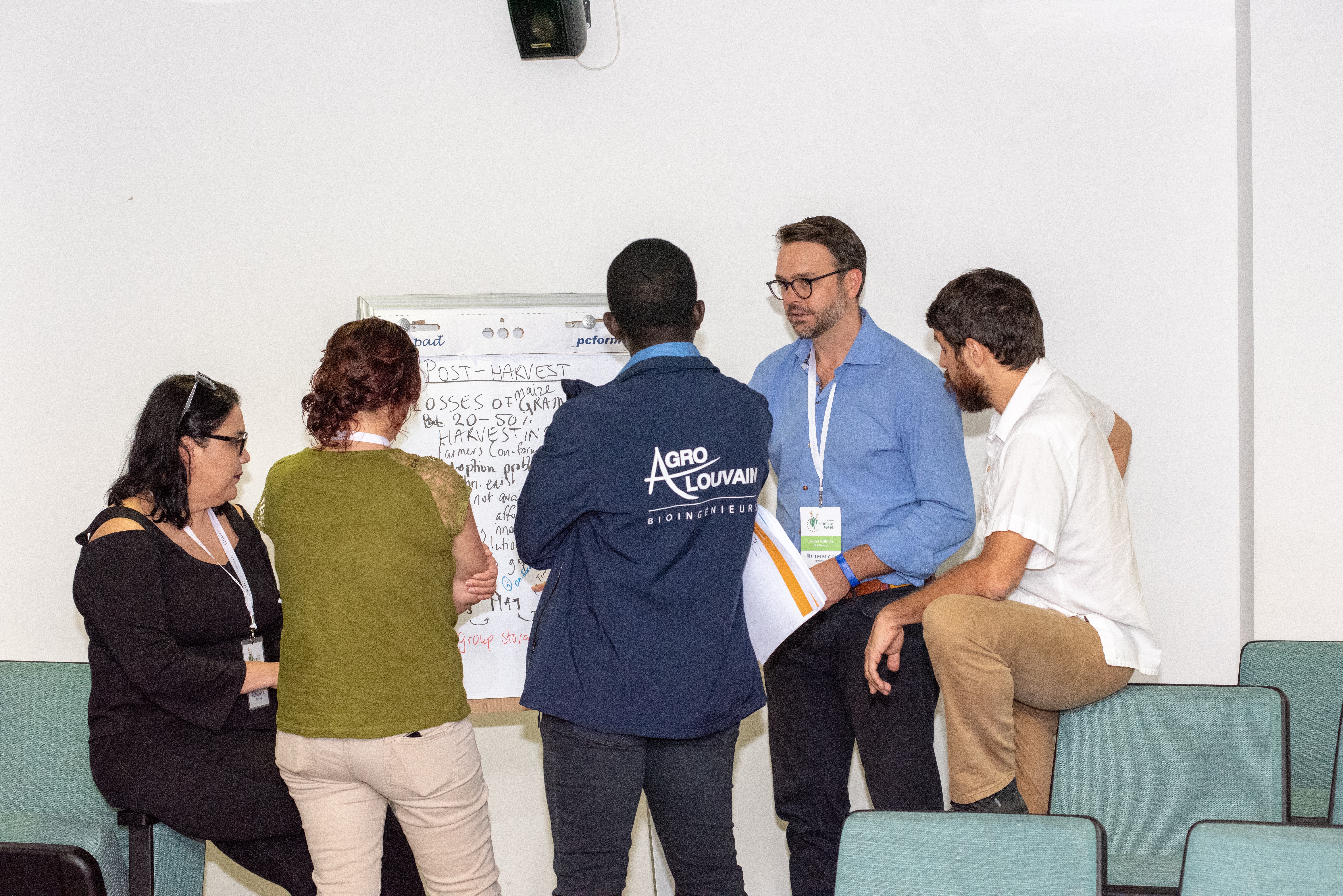
The Scaling Scan
The first thing Woltering did at CIMMYT was visit the country offices and projects in Africa and Asia, to understand how colleagues give meaning to scaling and to identify opportunities and challenges. He saw that in every context there was a different bottleneck to scaling — government policies, the value chain, but hardly ever the technology. The common denominator among these situations was that there was always a weakest link. If that problem was solved, teams would encounter the next weakest link. He identified a need to think strategically about project elements from the beginning of the project.
Woltering came across a paper by PPPLab that mentioned ten scaling ingredients, or ten conditions for scaling to be successful. He got in touch with them to see how this could be useful for CIMMYT and the CGIAR. “How can we make this fluffy concept of scaling that people don’t understand into something meaningful?”
This idea became the Scaling Scan, developed by PPPLab and CIMMYT. The tool helps practitioners to analyze what they want to scale, while trying to keep the process as simple as possible. The Scaling Scan helps teams to come up with a realistic ambition and identify bottlenecks from the start. It highlights what project teams need to pay attention to on the journey to reach scale.
“One thing that immediately becomes clear is that impact at scale requires a much broader range of skills and disciplines than what any one organization can bring. The Scaling Scan and an associated partnership tool we developed helps teams to recognize what type of collaborations are necessary along the way. It is very encouraging to get emails from organizations like Catholic Relief Services and ILRI that they are using the Scaling Scan on their own,” says Woltering.
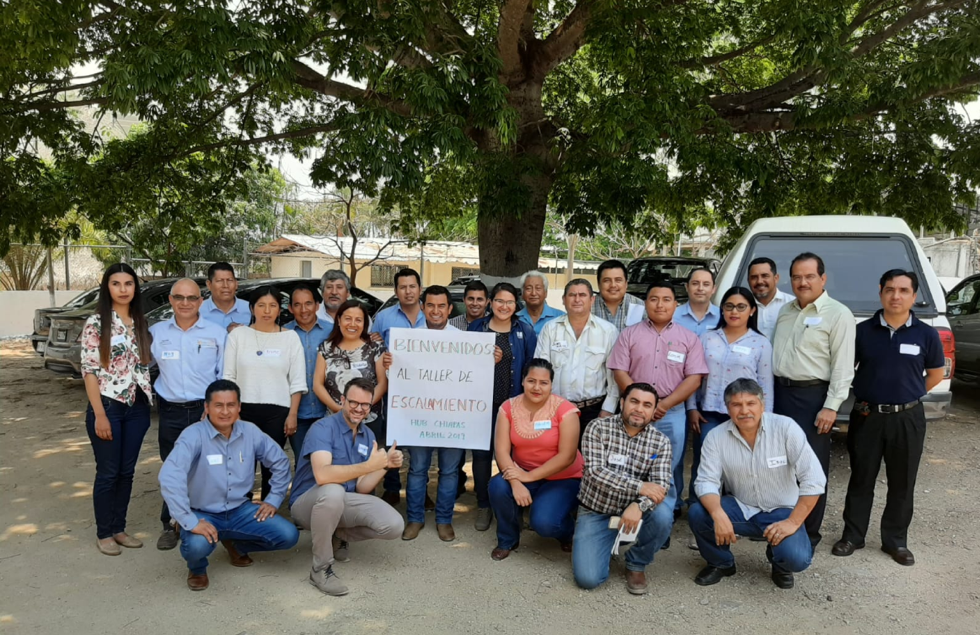
Progress towards impact
For many decades, CGIAR focused only on research, but in the last 20 years, it expanded to focus on what actually happens with those research outputs.
CIMMYT has always been working on things we now call scaling, in the sense of having a positive impact and changing people’s lives for the better. However, how that happened in that specific context has never been integrated systematically in the design, implementation nor the learning. “Scaling is finally getting recognized as a science but also as an art, and it is great to work on both fronts with scientists and project managers,” says Woltering.
There is a global community of practice on scaling with donors, implementers and practitioners. Five years ago, there were ten members and now the agriculture working group has members of more than sixty different organizations (including USAID, IFAD, CGIAR, CRS). CIMMYT is not only leading this community, but also set up a CGIAR-wide task force and a CIMMYT internal task force on scaling.
The COVID-19 crisis has shown that we need sustainable change at scale, and short term and one-off solutions will not do. This has only accelerated a trend of funders and implementers shifting to a more systemic approach. “CIMMYT is at the forefront of this wave which makes it a very exciting time to be working on this,” said Woltering.
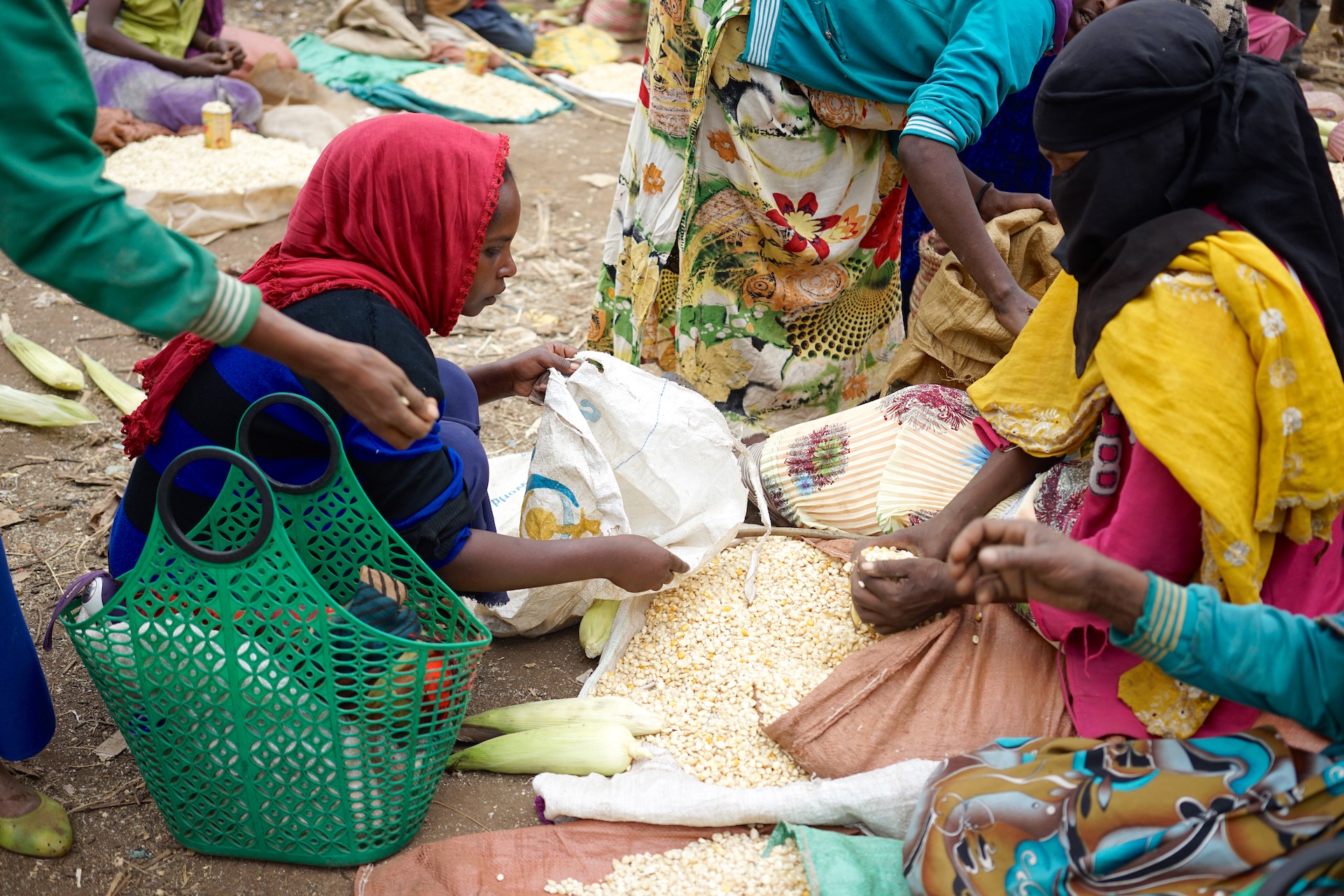
 Gender equality, youth and social inclusion
Gender equality, youth and social inclusion 